What about moisture resistance?
The non-woven base is composed of cellulose - which is known to swell on contact with water. Therefore, they cannot be used in all rooms of the house. Non-woven fabric is suitable for living rooms, bedrooms, offices - rooms with dry air.
An exception - wallpaper for paintingcovered with moisture resistant paint. The application of paintwork materials creates a protective layer on the surface that provides protection against moisture. There are also moisture resistant rolls that eliminate the need for painting - but not even worth it. use in bathroom or close to water.
Vinyl wallpaper is covered with polyvinyl chloride, which ensures the absence of hygroscopicity and moisture permeability - water simply will not get on the non-woven base. Suitable for holding decoration in the hallway, kitchen and in the bathroom. Thanks to the features of hot stamping technology, the surface is washable - not afraid even of brushing.
Polyvinyl chloride gives a significant advantage to wallpaper, allows it to be used in damp and even wet areas.
What kind of wallpaper is durable?
Alteration of repairs every 2-3 years negatively affects not only the state of the wallet, but also the nervous system. Besides, it takes a lot of time and effort. To glue wallpaper less often, choose options with the longest possible service life.
Strength is determined primarily by resistance to mechanical stress and abrasion, but lightfastness also affects the service life.
Non-woven wallpaper a little more reliable than paper ones: but in places of increased stress (corridor, kitchen) they quickly become unusable. The degree of UV protection differs from model to model. wallpaper for walls made of this material is usually light, they are not threatened with fading.
Vinyl wallpapers, especially those produced using hot stamping technology, are not afraid of practically anything: in fact, this type of wallpaper can be called plastic. They are not erased from contact with furniture or constant touching, and dirt is cleaned with clean water or detergent. Vinyl colors are brighter, designs are more interesting - while he is not afraid of the sun from the word at all.
For the kitchen and bathroom, there is the so-called "kitchen vinyl" - such wallpapers differ from the usual ones with an additional rubberized layer that resists the ingress of water and contributes to light cleaning.
Subject to the operating conditions (no mechanical stress, high humidity), the non-woven liner will last up to 8 years. High-quality vinyl canvases are characterized by increased durability, retain their original appearance for up to 20 years.

Which wallpaper is heavier?
It is unlikely that this particular factor will be decisive when choosing a material, but it cannot be ignored. Because a lot of weight can be a disadvantage when ordering goods for repair online and issuing long-distance transportation.
Although non-woven and have a difference from paper in the composition, they still weigh a little: the average weight of a wide 10-meter roll is ~ 2 kg. This compares to a narrow 10m roll of hot-stamped vinyl. Its weight is ~ 1.7 kg.
This fact leads to the use of a special adhesive for vinyl wallpaper - it must be viscous in order to hold heavy canvases.
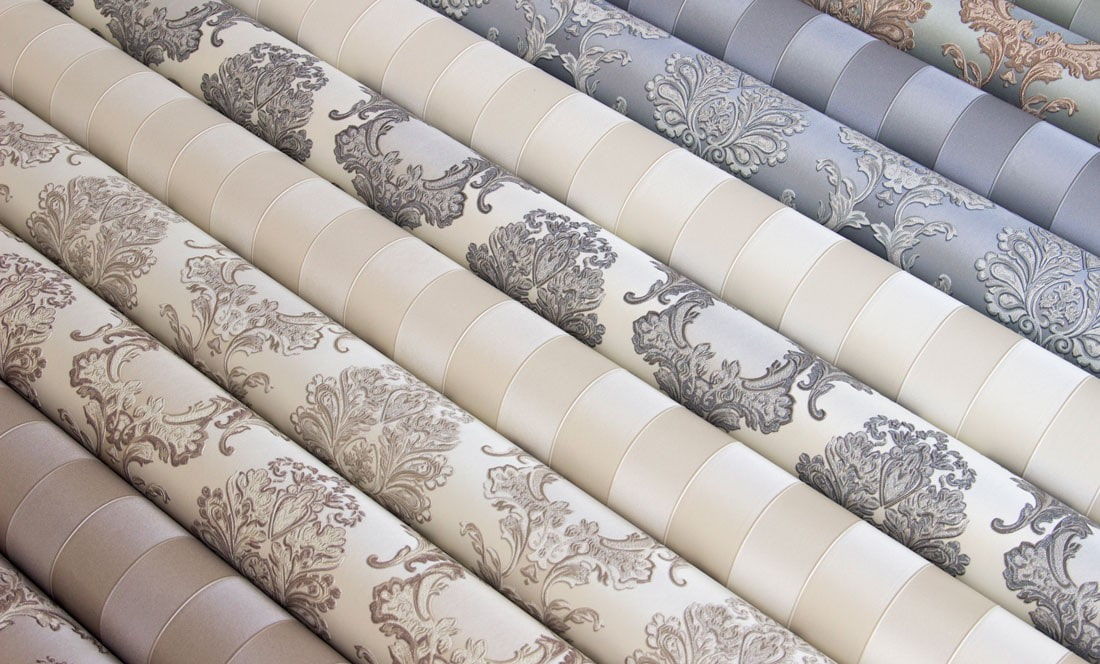
Which ones are more environmentally friendly?
To figure out which of the finishing materials is less dangerous, you should disassemble the composition of each.
Non-woven wallpaper
They are considered a practical analogue of paper wallpaper. Made from a mixture of natural (cellulose) and synthetic (polyester) fibers. At the same time, synthetics are environmentally friendly, do not emit harmful substances and are even suitable for use in children's rooms.
In fact all the advantages of paper-based material remain: wallpaper allows steam to pass through, breathes, does not emit harmful substances. But at the same time they are resistant to moisture and have high strength.
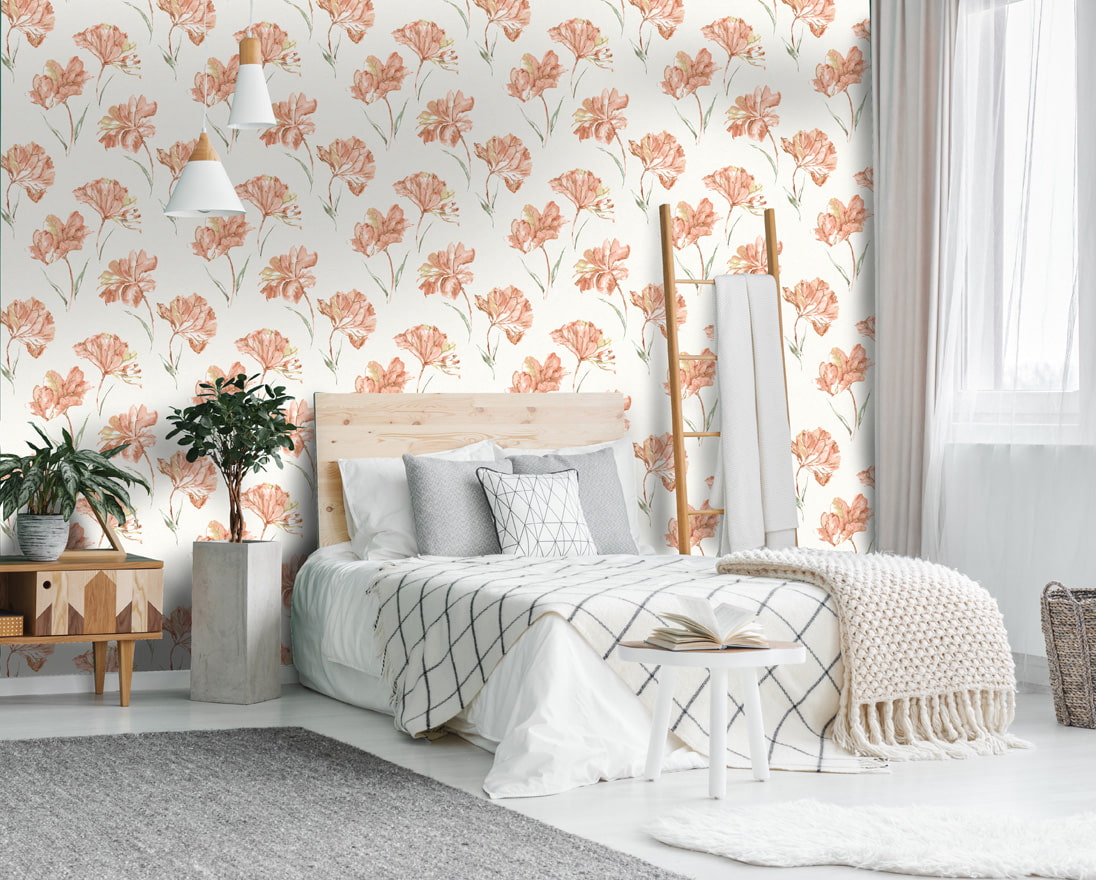
Vinyl wallpapers
Depending on the type, the base is made of cellulose (paper) or a mixture of cellulose and polyester (non-woven). The main difference from non-woven in the composition of the top layer: for vinyl it is polyvinyl chloride. Moreover, there is vinyl foamed or hot stamping (includes silk-screen printing - sealing silk threads under a film by means of high temperature).
The danger comes from PVC: If an unscrupulous manufacturer saved money, the canvases can emit corrosive volatile substances - including the dangerous compound vinyl chloride.
Another minus - Vinyl wall covering is breathable, which can cause mold and mildew growth. To avoid this, the walls must be primed, and the glue must be used for vinyl wallpaper - it also contains antiseptic additives.
The above does not apply to evaporated vinyl. - thanks to a special process, harmful substances are removed from it during production and the coating becomes absolutely safe. True, such a roll is 1.5-2 times more expensive than usual.
Non-woven fabric is more environmentally friendly and safer for health. Even high-quality PVC wallpaper should not be used in children's rooms and bedrooms.
Which ones are more difficult to glue?
For those who have ever dealt with paper, the process of working with interlining will seem almost trivial. It is enough to apply the glue only to the wall, and apply dry paper on top.
Working with non-wet material is certainly easier. Considering that polyester does not allow the base to stretch and tear, it's easy to work with them... The only caveat is the foamed surface. When smoothing with a spatula, it is easy to damage it, therefore, level the canvases should be extremely careful.
Width also matters: non-woven fabrics are usually produced in rolls of 106 cm.On the one hand, repairs move faster. Plus, with fewer joints, it's easier to piece the pattern together and create a neat wall. On the other hand, it is more difficult to level a bulky wide canvas without waves and bubbles from floor to ceiling, especially if you have to glue it alone.
Important! Some types of non-woven fabric are not completely removed from the walls. The smooth backing left over from the old coating greatly simplifies preparation for the final finish in the future - it will be enough to simply prime it and new strips can be glued. In addition, the visibility of the joints eliminates the need for marking before pasting.
Heavy Vinyl Wallpaper necessarily require special glue - it contains substances that prevent the canvas from sliding off the wall until it dries completely. The second nuance that affects the ease of gluing the strips is the base. With non-woven glue, it is applied to the wall, and the paper will have to be smeared itself and wait for swelling - this makes the process more difficult.
But it is much easier to join dense heavy canvases: the edges will not be swept in the process of transportation or improper storage, they will remain tight and even - which means they will evenly adhere to each other.
It is easier to glue dense vinyl wallpaper on a non-woven backing or non-woven without a brittle foam layer.
What are the more design options?
When choosing between vinyl and non-woven, you should pay attention not only to the durability and smoothing of uneven walls, but also to the appearance. After all, in the end, the color affects the final result of finishing work.
Non-woven fabrics do not differ in a variety of design findings. Most of the canvases are plain and smooth. The relief structure is achieved with the help of foaming, but it is not very convenient to work with such a texture. But the drawings are deep: after all, they are not applied to the surface, but are obtained by mixing colored fibers.
Vinyl wallpapers, due to the manufacturing method, are considered to be more varied. They can be covered with an ornament, have a relief on the surface or imitate various textures (leather, wood, brick, concrete). The color palette is also extensive: from monochrome or pastel, to bright, deep, saturated colors.
Of the two options (vinyl or non-woven), the first has more design options.
Which ones are cheaper?
The question of price is one of the main issues in the repair. Pricing policy varies, but medium vinyl will cost more, non-woven - cheaper. At the same time, some types of pulp can be comparable in price to vinyl of average or low quality: especially when it comes to a designer collection or a limited edition.
Both kinds can cost the same: but with one quality, vinyl will cost much more.

What is the difference: comparative table of characteristics
The summary table will show the difference between vinyl and non-woven wallpaper:
| Non-woven | Vinyl | |
|---|---|---|
| Moisture resistance | Low stability | Waterproof coating |
| Hygroscopicity | Breathe, maintain a good microclimate | Do not allow air to pass through, fungus may form |
| Duration of service | Up to 10 years | Up to 20 years |
| Weight | Heavier than paper, but lighter | Heavy but durable |
| Environmental friendliness | Safe for children and adults | May release chemicals |
| Sticking | Easy for certain skills | Easy for certain skills |
| Difficulty leaving | Virtually indestructible | Washable, can be cleaned |
Design |
Limited colors and patterns | Virtually no limits |
| Masking irregularities | Dense foam types erase small wall defects | Highly conceal irregularities |
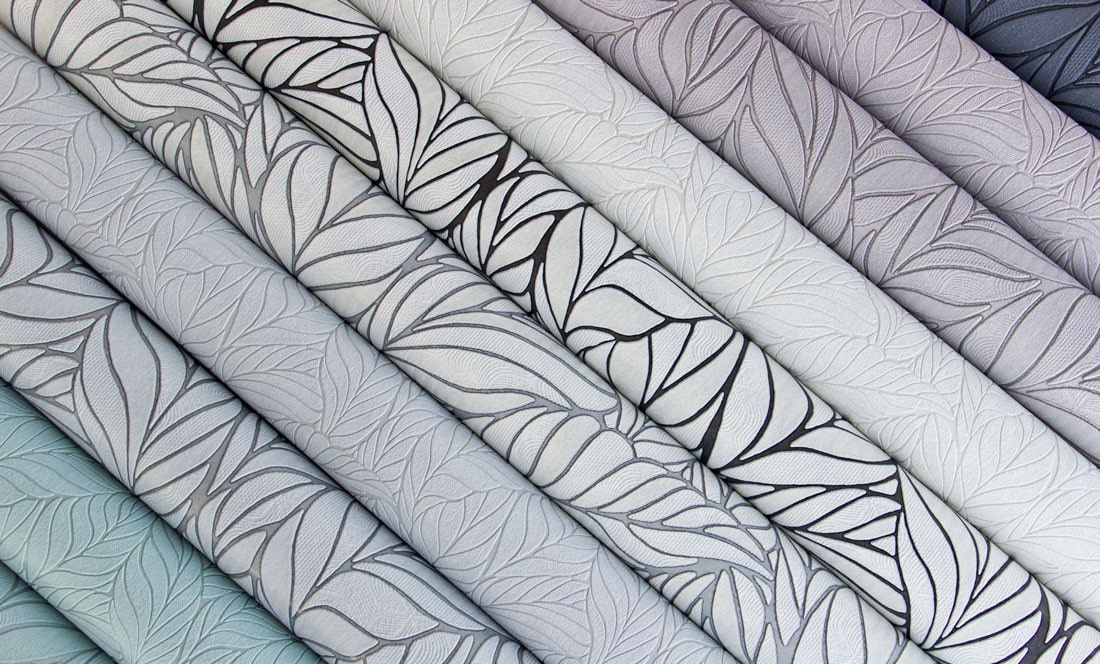
No material is perfect: vinyl canvases last for a long time, but are not suitable for bedrooms and nurseries. Non-woven ones do not differ in high density, but they are absolutely safe. Which one to choose depends on the place of use, the repair budget and many other factors.

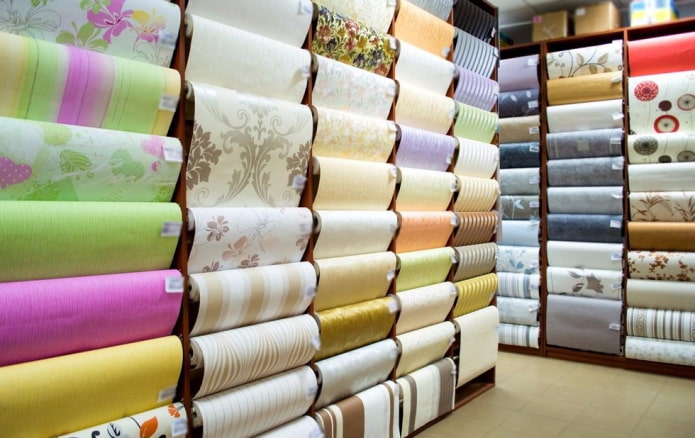
 10 practical tips for arranging a small kitchen in the country
10 practical tips for arranging a small kitchen in the country
 12 simple ideas for a small garden that will make it visually spacious
12 simple ideas for a small garden that will make it visually spacious
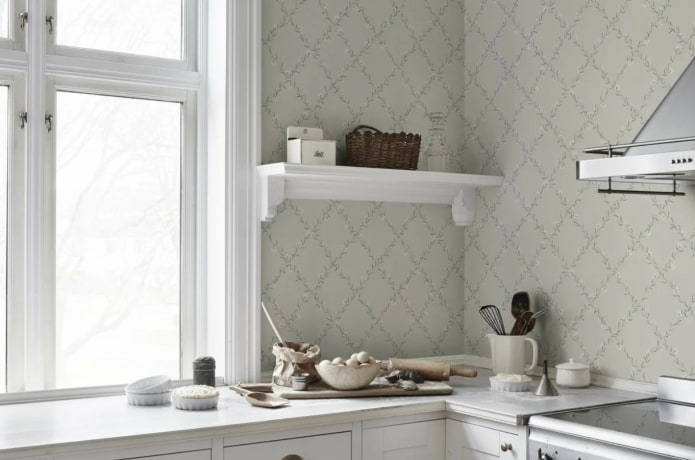

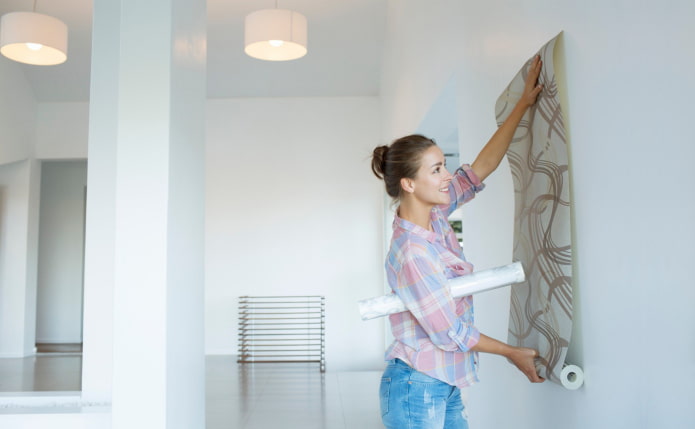
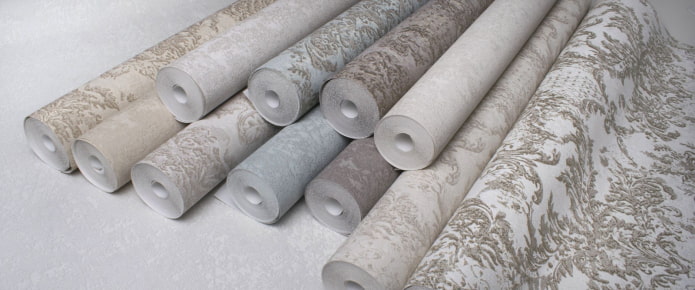

 What is better not to do it yourself during the repair?
What is better not to do it yourself during the repair? Bloated linoleum: how to fix it without disassembly
Bloated linoleum: how to fix it without disassembly The worst decisions in apartment renovation
The worst decisions in apartment renovation  Installation of ceiling tiles: choice of materials, preparation, order of work
Installation of ceiling tiles: choice of materials, preparation, order of work How to glue a ceiling plinth to a stretch ceiling?
How to glue a ceiling plinth to a stretch ceiling? Ceiling plinth for stretch ceiling: types, recommendations for selection
Ceiling plinth for stretch ceiling: types, recommendations for selection